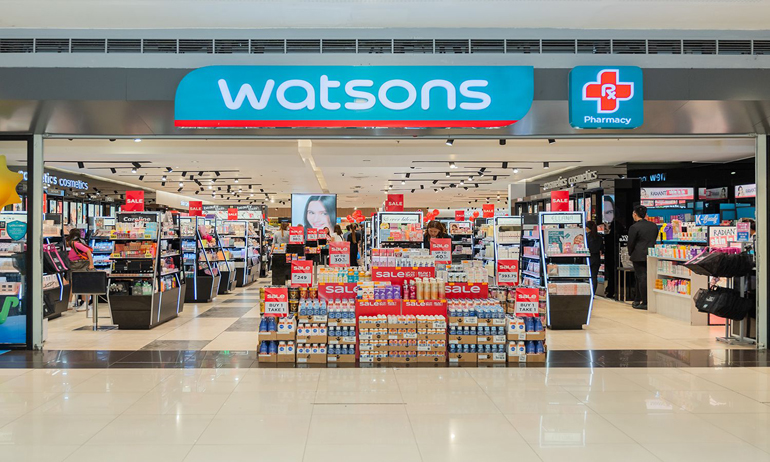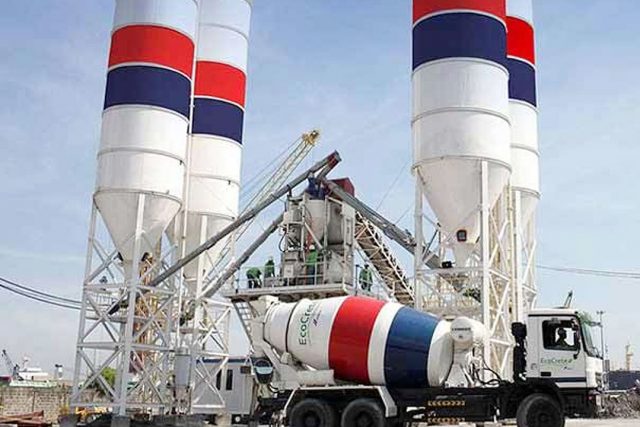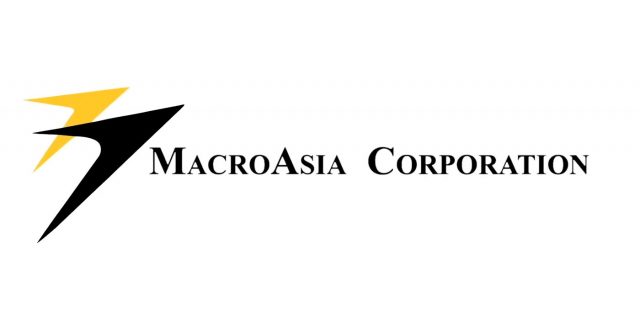Watsons’ nationwide price drop happens this Aug. 15-18
Get ready for incredible savings at Watsons’ Nationwide Price Drop this Aug. 15-18! Enjoy up to 50% off and Buy 1 Take 1 deals on your favorite products and brands. Plus, avail of 0% interest for 3 months on purchases worth P5,000 and above with your BDO credit cards. Don’t miss this chance to grab amazing discounts and flexible payment options on the items you love. This is the perfect time to stock up and replenish your beauty stash and everyday essentials without breaking the bank.
Members Get More
Grab amazing deals from Watsons brand, Nivea, Oxecure, and SnailWhite at 50% off and Buy 1 Take 1 offers.
Incredible Discounts Across Top Brands

Save up to 50% off on beauty and wellness products from leading brands like Maybelline, Deoproce, Bioten, Body Fantasies, SkinWhite, Pretty Secret, Hair Fix, Olay, Anessa, Dermaction Plus, Collagen by Watsons, Naturals by Watsons and many more.
Stock up on personal care essentials with fantastic deals on Bactidol, Colgate, Calpol, Bioflu, Alaxan, Biogesic, Medicol, Canesten, and Skelan.
Double the Fun with Buy 1 Take 1 Deals
Avail of Buy 1 Take 1 deals on cult favorites like Nivea, Olay, Aveeno, Gatsby Men Hair Color, Axe Body Spray, and Tresemme. Imagine scoring two for the price of one on top skincare and haircare products.
Extra Savings with BDO Credit Cards
Shopping in-store with your BDO credit cards lets you enjoy a 0% interest installment plan for up to 3 months on a minimum purchase of P5,000. This helps you stretch your budget and enjoy top-tier products without immediate payment concerns.
Shop Your Way with Watsons O+O (Offline and Online)
 With over 1,100 Watsons stores nationwide, you can dive into the sale wherever you are. Prefer shopping from the comfort of your home? The Watsons App and website bring the sale directly to you, ensuring the best deals are just a click away. Mark your calendar for Aug. 15-18 and don’t miss this opportunity to grab the latest beauty products, health essentials, and household must-haves at unbeatable prices.
With over 1,100 Watsons stores nationwide, you can dive into the sale wherever you are. Prefer shopping from the comfort of your home? The Watsons App and website bring the sale directly to you, ensuring the best deals are just a click away. Mark your calendar for Aug. 15-18 and don’t miss this opportunity to grab the latest beauty products, health essentials, and household must-haves at unbeatable prices.
For added convenience, customers can opt for Click & Collect Express to pick up their orders in 30 minutes or less or choose Home Delivery Express to have products delivered straight to their doorstep within three hours (available in select cities only). Watsons has truly made it easier than ever to get your health, beauty, and wellness products when needed.
Don’t miss out on the latest news in the world of health, wellness, and beauty. Join the Watsons community and be part of the self-care revolution. Download the Watsons app and sign up for the Watsons Club for more exciting deals and exclusive access to big discounts and events. Also follow @watsonsph on Instagram, @WatsonsPH on Facebook, and @watsonsphilippines on TikTok.
Spotlight is BusinessWorld’s sponsored section that allows advertisers to amplify their brand and connect with BusinessWorld’s audience by publishing their stories on the BusinessWorld Web site. For more information, send an email to online@bworldonline.com.
Join us on Viber at https://bit.ly/3hv6bLA to get more updates and subscribe to BusinessWorld’s titles and get exclusive content through www.bworld-x.com.












